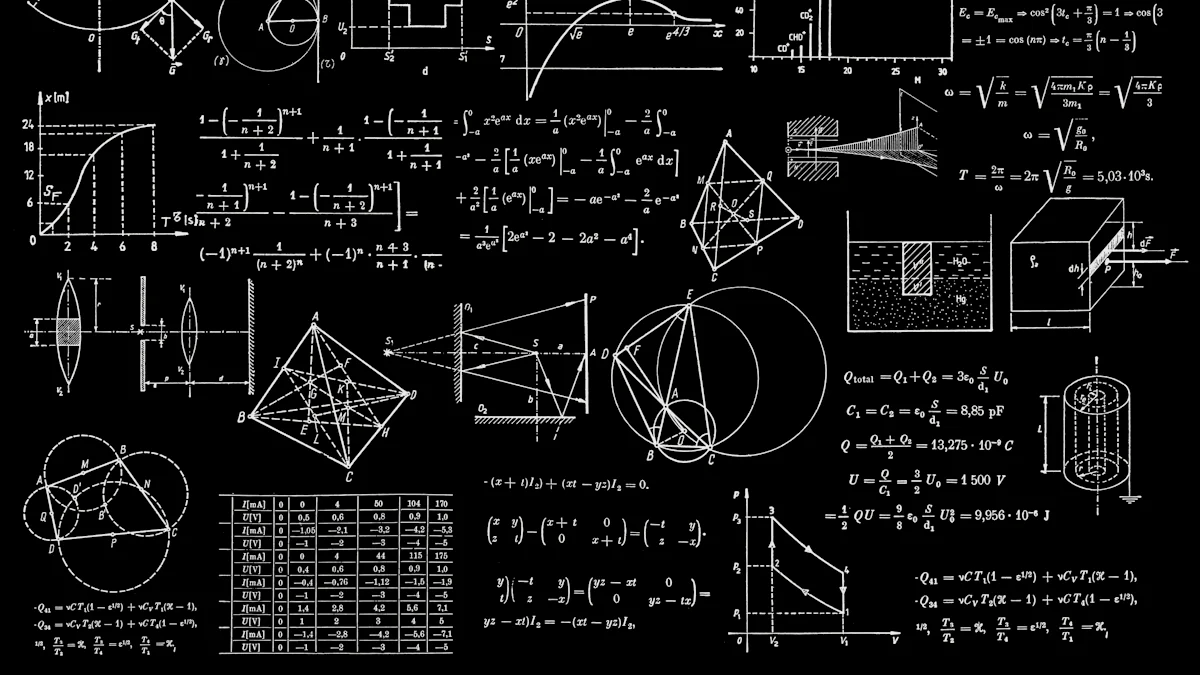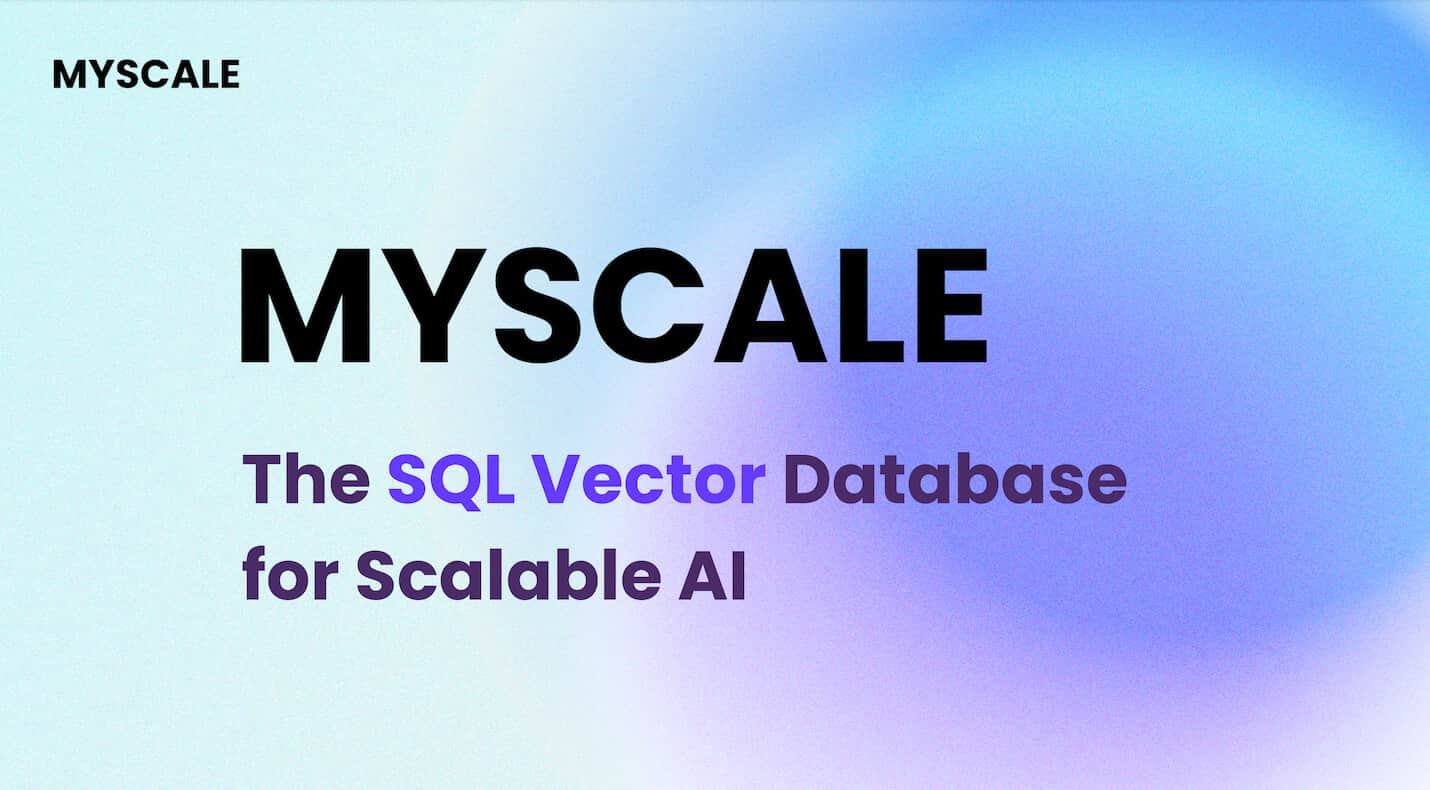
In the field of AI, challenges remain in optimizing efficiency. Quantization-Aware Training (QAT) emerges as a crucial solution. This innovative approach integrates quantization during training, ensuring models are adept at handling lower-precision computations. The significance of quantization AI in modern AI cannot be overstated, as it paves the way for enhanced model performance and streamlined computational requirements.
# Understanding Quantization-Aware Training
What is Quantization-Aware Training?
Quantization-Aware Training (QAT) involves integrating quantization into the training process (opens new window), ensuring that models are trained to handle lower-precision computations effectively. This method differs significantly from Post-Training Quantization (PTQ), where models are quantized after training. By incorporating quantization AI during training, QAT prepares models to maintain accuracy even with reduced precision.
How Quantization-Aware Training Works
During training, Model Quantization occurs by converting high-precision floating-point weights (opens new window) into lower-precision representations. This integration impacts model accuracy positively by simulating quantization effects early in the training phase. As a result, the model learns to adjust to these lower-precision values, leading to enhanced accuracy during inference.
Key Components of Quantization-Aware Training
The Model Quantization process is a critical component of QAT, where weights and activations are converted to lower precision for efficient computation. Additionally, the role of quantization AI is vital in guiding the model through this process, ensuring that the quantized model maintains high accuracy levels.
# Benefits of Quantization-Aware Training
# Improved Model Efficiency
Maintaining high accuracy while reducing computational requirements is a primary advantage of Quantization-Aware Training (QAT). By converting model weights and activations to lower precision during training, the model size decreases significantly. This reduction in precision not only enhances the efficiency of inference but also accelerates the overall computation speed.
To illustrate, consider a scenario where a deep learning model requires extensive computational resources due to its complex architecture. Through quantization and quantization-aware training (opens new window), this model can be optimized by utilizing reduced precision values without compromising accuracy. As a result, the model becomes more efficient in terms of memory usage and computational demands.
# Enhanced Model Performance
The implementation of Quantization-Aware Training leads to improved performance across various aspects of deep learning applications. One notable benefit is the ability to maintain high levels of accuracy even after quantizing the model. This ensures that the model's predictive capabilities remain intact while operating with lower precision values.
Moreover, for applications involving multiple layers and intricate neural network structures, quantized models exhibit superior performance. The streamlined computations enabled by quantization AI enhance the overall efficiency of these models, making them ideal for deployment in resource-constrained environments.
# Practical Applications
Real-world implementations further emphasize the significance of Quantization-Aware Training in enhancing AI efficiency. Companies like NVIDIA (opens new window) have successfully leveraged this technique to optimize their deep learning models for accelerated inference on edge devices. By incorporating QAT into their workflows, these companies have witnessed substantial improvements in both computational speed and memory utilization.
In edge AI solutions, where computational resources are limited, the importance of quantization-aware training cannot be overstated. The ability to deploy efficient models that maintain high accuracy levels is paramount for achieving optimal performance in edge computing scenarios.
# Future of Quantization-Aware Training
# Emerging Trends
Hybrid Quantization techniques
In the realm of AI optimization, Hybrid Quantization techniques are gaining traction for their ability to strike a balance between model accuracy and computational efficiency. By combining the strengths of different quantization methods, such as post-training and quantization-aware training, Hybrid Quantization offers a versatile approach to model optimization. This method allows models to adapt to varying precision requirements based on specific tasks or deployment scenarios.
Selective quantization methods
Selective quantization methods are revolutionizing how models are optimized for deployment. By selectively quantizing specific parts of a model while preserving critical information in higher precision formats, this method optimizes both memory usage and computational efficiency. Selective quantization enables fine-tuning of models based on the importance of different parameters, ensuring that essential features retain high precision while non-critical elements are quantized for improved efficiency.
# Potential Developments
Advances in Training Quantization
The continuous evolution of Training Quantization techniques holds promise for further enhancing the efficiency and performance of AI models. By refining how models are trained to handle lower-precision computations effectively, advancements in this area aim to push the boundaries of model optimization. Through innovative approaches in training methodologies, such as dynamic precision adjustment during training cycles, Training Quantization is poised to unlock new levels of model efficiency.
Future impact on AI efficiency
The future landscape of AI efficiency stands to be significantly influenced by the widespread adoption and advancement of Quantization-Aware Training (QAT) (opens new window). As more industries embrace the benefits of optimized models through QAT, the overall efficiency and scalability of AI applications are expected to soar. The seamless integration of quantized models into diverse environments will not only streamline computational processes but also pave the way for groundbreaking innovations across various sectors.
Modeling quantization errors during training (opens new window) and mitigating their effects on model accuracy at deployment are key benefits of Quantization-Aware Training (QAT).
QAT effectively simulates low-precision inference-time computation (opens new window) in the forward pass of the training process, enabling models to learn parameters robust to quantization.
The evidence suggests that QAT consistently outperforms Post-Training Quantization (PTQ) (opens new window) in achieving FP32 accuracy for INT8 inference, making it the preferred method for optimizing model efficiency.



